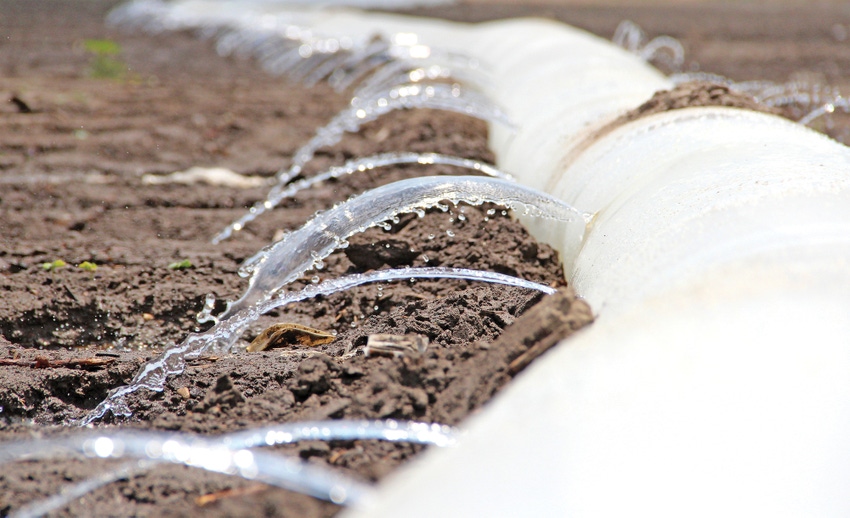August 2, 2012

The most intense drought continued its advance across Arkansas as combines rolled through corn and soybean plants struggled to drink enough to make beans.
The U.S. Drought Monitor Map released Thursday (August 2) showed the most intense drought, exceptional, expanding from 33.6 percent of the state to just under 45 percent in this week’s map. Nearly 81 percent of the state is in either extreme or exceptional drought.
The map can be seen here.
Irrigation pumps were busy in the Delta.
“Water, water and more water for soybeans,” said Keith Perkins, Lonoke County Extension agent.”With it hot and dry and most soybeans in the reproductive state it is hard to keep up with the water demands of the plants.”
For soybeans, reproduction begins with flowering.
Report: Up more? Or Down? Soybeans now a weather-driven market
In Pope County, Extension Staff Chair Phil Sims said “the rice harvest will start next week and most of it looks real good. Irrigated soybeans look fair where they are adequately drained, but non-irrigated are mostly burning up.”
Prairie County growers have begun corn harvest, and it’s “so far, so good,” said Brent Griffin, Extension staff chair. “Yields are from 150 to 230 bushels per acre. The higher yields are from fields that were taken very good care of.”
Griffin said he expected the rice harvest in his county to begin this week.
The July 30 report from the National Agricultural Statistics Service showed corn 6 percent harvested, ahead of the zero percent five-year average. Fifty-one percent was mature, compared with just 12 percent for the five-year average.
Ninety-five percent of cotton was setting bolls, in line with the 92 percent five-year average.
Midwest drought reaches to Mississippi River
Rice was 4 percent ripe, compared with zero for the five-year average; 83 percent of the crop had headed, compared to the 37 percent five-year average.
Sorghum was 18 percent mature, well ahead of the 2 percent five-year average.
In soybeans, 93 percent of the crop was blooming; 79 percent were setting pods, well ahead of the 49 percent five-year average.
Pasture and range conditions continued to decline, with 84 percent rated poor or very poor. Non-alfalfa hay was 81 percent poor or very poor.
For more information on crop production, visit www.uaex.edu or contact your local county agent.
You May Also Like




